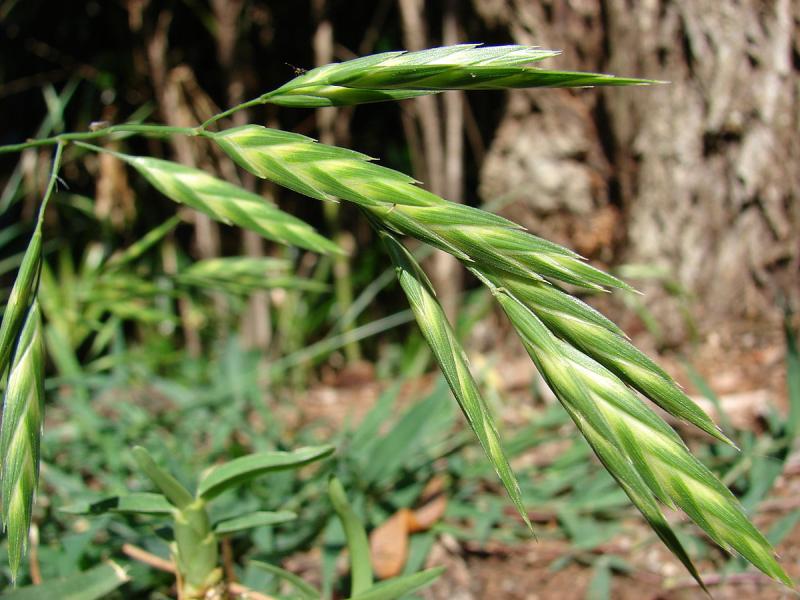
Sterile brome has been rated as the second most problematic grass weed in the UK, after black-grass.
The finding was part of a AHDB Cereals & Oilseeds survey conducted this summer, which also found that brome species had probably spread across the UK in recent years.
Brome research also revealed that farmers and advisers often struggle to identify the species present.
People are also being asked to send in brome samples for herbicide resistance testing.
Around 200 farmers and agronomists completed the brome survey this summer – making it the first major survey of UK brome since 1989.
Five species of brome grass grow as arable weeds in the UK and these belong to two different groups – Anisantha species (sterile/barren and great brome) and Bromus species (meadow, soft and rye brome).
According to the survey, sterile brome was considered to be the second most problematic grass weed in the UK, beaten to the number one spot by black-grass.
Other brome species were also more prevalent than previously thought.
All cereal growing areas are affected by brome, with the worst affected areas being the North, South East, West Midlands and South West.
There has also been an increase (59 per cent of responses) in brome in the last ten years, with minimum tillage practices suggested as the primary driver behind this rise.
Brome was also not confined to a particular area within the field, as most people found it in the middle of the field, in addition to the margins and headlands.
